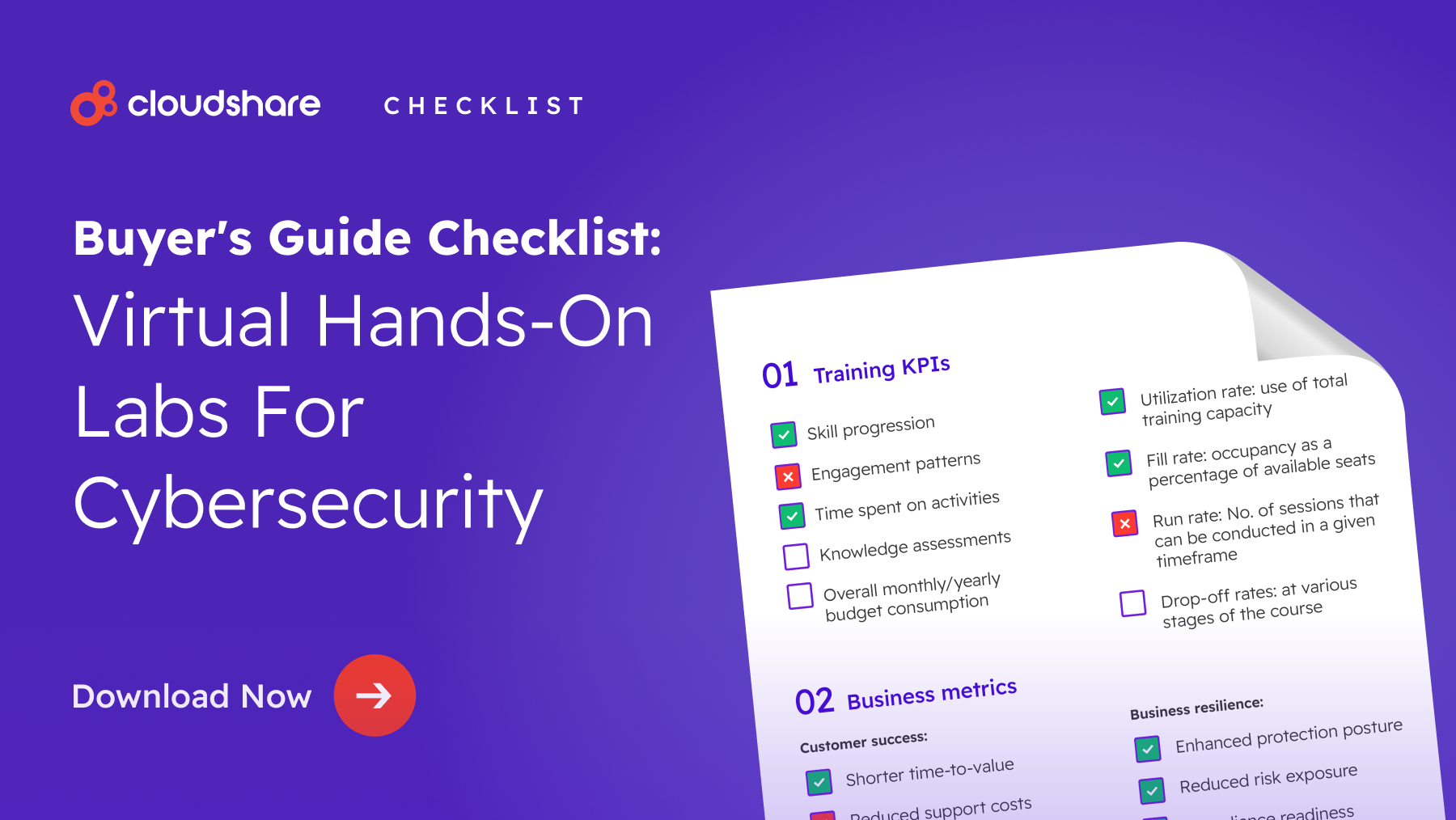
While we usually think of fall as the time children return to school, it’s also perfect for recommitting ourselves to workplace learning. Regular training can help any employee perform at peak efficiency and develop new skills, keeping them satisfied and ready to tackle new tasks.
But much like children and homework, knowing something is good and actually accomplishing it are two different things. Here are a few of the biggest roadblocks to effective corporate training, and what leaders can do to overcome them.
Appeal to a diverse workforce
One of the strengths of the modern economy is the variety of experiences, opinions and skills that abound in a multigenerational workforce. Baby boomers now rub shoulders with Generation Z, blending the wisdom only decades of work can bring with the expertise of digital natives. Further, more companies are embracing gender and ethnic diversity to strengthen strategic decisions.
While this diversity ultimately makes the business stronger, groups of people don’t always learn the same way – or at the same pace – especially if it’s for complex environments. It’s important training options cater to the different individuals to maximize their chances for success. For instance, a self-paced, on-demand training option gives employees access to resources whenever they have the time, ideal for the modern learner who is constantly shifting attention from one task to another.
51 Best Practices to Boost Customer Software Training

Prioritize engagement
Creating engaging educational content is important, especially when you consider how scarce training time is on average – only 1% of the typical work week, according to Bersin by Deloitte. This makes retention critical. Two of the best ways to boost this is through hands-on training and real-world environments that simulate everyday working conditions. And studies show that retention for virtual training is increased by up to 60% compared to traditional methods.
The most engaging learning environments are created through the use of virtual IT labs. These simulate the learner’s working environment with no risk to production systems; especially useful for delivering hands-on, real-world security training. Then, there’s multi-step classes in which virtual instructors can lead learners’ step-by-step through a logical progression of courses, while presenting them with supplemental reference materials to boost the learning experience.
The approaches seem limitless with the powerful tools and technology behind virtual labs.
Create impactful learning environments
Not all cloud-based environments are the same. Large commodity cloud service providers can handle training scenarios but don’t have a depth of features to facilitate and maximize learning. Using such an environment can limit your capabilities and leave the learner with an incomplete experience.
With limited tools, and a lack of automation and time-saving features, they can also make a trainer’s job more difficult.
The complexity of the virtualized training environment means a purpose-built turnkey solution is much better for making the most of your trainers’ abilities. It can automate functions to free up time, allowing instructors to focus on developing the best content possible for your employees. It can also allow for interaction between trainer and learner and streamlines the process from deployment through completion of every course.
Control costs and consistency
The training department is often one of the first to feel a budget crunch. Global enterprises in particular find it difficult to provide in-person training to satellite locations because of costs associated with travel, shipping equipment and time involved. Even if multiple training teams are available, the result is an often inconsistent series of courses that vary from one class to another. Updating courses is also a challenge, leading to out-of-date materials.
Cloud-based training streamlines the learning process by providing consistent courses, delivered to any user, anywhere, so long as they have internet access. As a result, travel and shipping costs are eliminated, logistics are simplified and time is saved. Maintaining course consistency is also simple; build-it-once training modules can be reused, with auto-updating ensuring version control.
Gain C-suite support
Another challenging aspect of training is demonstrating value to senior management. You need to be able to justify the budget, time and resources needed, while showing a positive ROI versus traditional training activities.
Fortunately, virtual training labs provide plenty of fodder to build a business case. A few of the main advantages of virtual labs over other methods (all of which have a positive financial impact), include:
- Shorter, more manageable courses mean employees don’t need to carve out large blocks of time for training (aka it’s easier to fit into a busy schedule!);
- With travel eliminated, not only are costs reduced, employees have more time for productivity;
- Employee engagement rises with regular training, reducing turnover and keeping onboarding costs down;
- More employees can be trained more often at a lower total cost; and
- Hands-on learning means less repeat training, which is necessary for boosting net productivity.
When you have top-down support, it significantly increases participation in courses and builds momentum for the training team that leads to a positive feedback loop of success.
Don’t train in vain
While heading back to school might not bring up positive memories for all your employees, the idea of continuous learning can create a sense of excitement.
When you embrace virtual training and allow employees to see how it benefits them, you turn a chore into a positive experience that can have a motivational impact.
When you show you’re investing in employee career development, they’re more likely to stick with you, enabling you to cultivate talent that’s custom fit for your organization and workflows.



